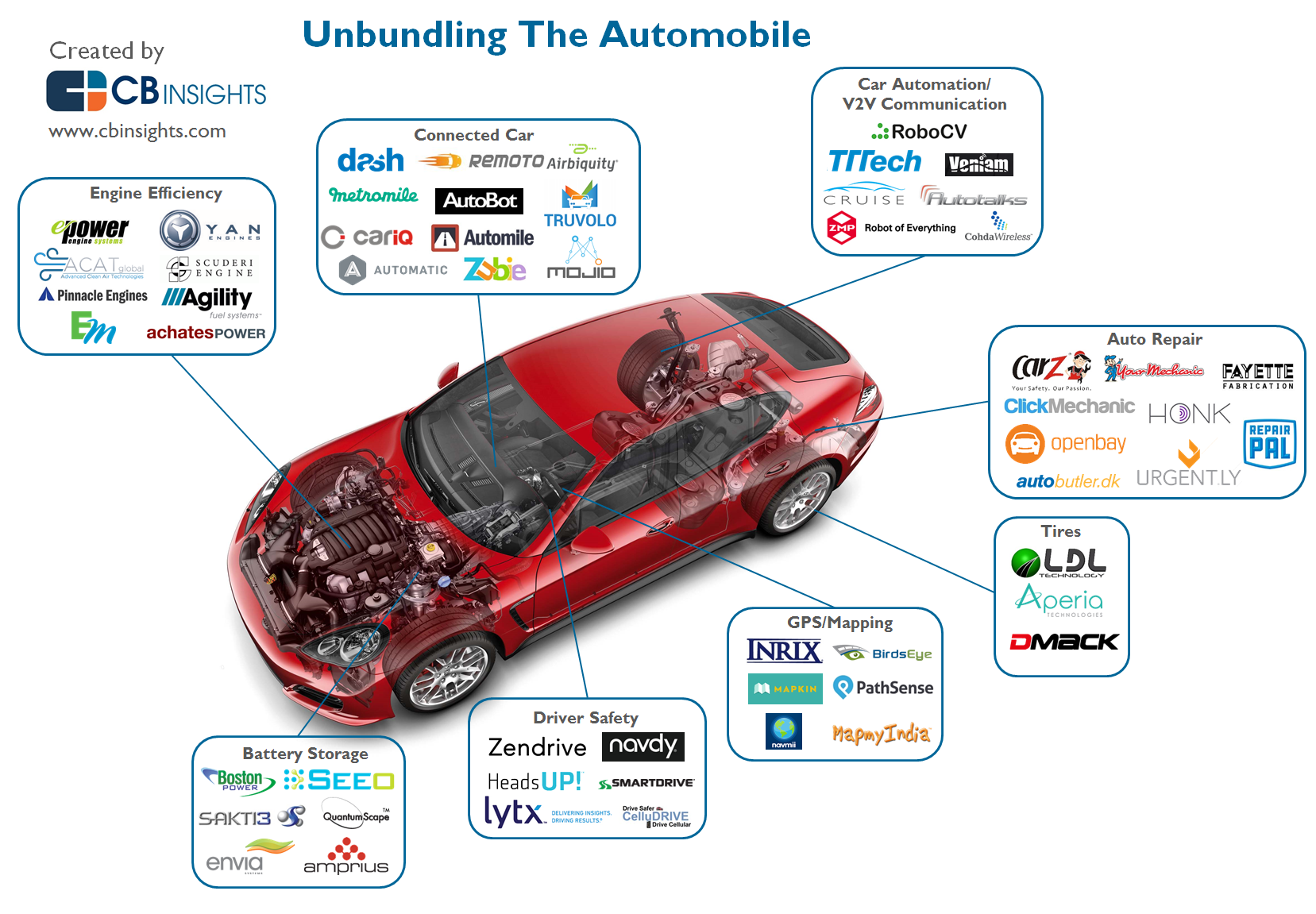Eager To Understand What The Control Panel Warning Lights In Your Auto Indicate? Explore Their Meanings For The Well-Being And Safety Of Your Lorry
Eager To Understand What The Control Panel Warning Lights In Your Auto Indicate? Explore Their Meanings For The Well-Being And Safety Of Your Lorry
Blog Article
Article Written By-Lauritsen Torres
When you lag the wheel, those beautiful warning lights on your control panel can be a little bit difficult. Do you recognize what they're trying to inform you regarding your auto's health? Recognizing the value of these lights is essential for your safety and the longevity of your lorry. So, the next time one of those lights turns up, would not you wish to understand its message properly and take the required actions to address it?
Common Warning Lights and Interpretations
Identify typical warning lights in your car and comprehend their definitions to guarantee secure driving.
One of the most typical warning lights include the check engine light, which signals concerns with the engine or discharges system. If this light comes on, it's critical to have your vehicle checked promptly.
The oil pressure cautioning light suggests low oil stress, requiring prompt attention to prevent engine damages.
A flashing battery light could suggest a malfunctioning billing system, possibly leaving you stranded otherwise resolved.
The tire stress surveillance system (TPMS) light signals you to low tire stress, affecting automobile stability and fuel performance. Neglecting this might result in hazardous driving problems.
The abdominal light suggests a trouble with the anti-lock stopping system, endangering your capability to quit swiftly in emergencies.
Lastly, the coolant temperature alerting light warns of engine getting too hot, which can lead to serious damages otherwise solved quickly.
Understanding these common caution lights will certainly help you attend to problems immediately and keep risk-free driving conditions.
Importance of Prompt Attention
Recognizing the usual warning lights in your automobile is just the primary step; the significance of promptly dealing with these warnings can not be highlighted enough to ensure your safety and security when driving.
When a caution light brightens on your control panel, it's your auto's method of communicating a potential problem that requires interest. Ignoring these cautions can bring about extra extreme issues later on, endangering your safety and possibly costing you a lot more out of commission.
Trigger focus to cautioning lights can prevent malfunctions and crashes. For example, a flashing check engine light could indicate a misfire that, if left unattended, could trigger damages to the catalytic converter. Addressing this quickly can conserve you from a pricey repair work.
In https://brake-service-near-me84051.blogrenanda.com/37279913/discover-the-important-steps-to-locating-a-trustworthy-car-service-center-that-will-certainly-maintain-your-auto-in-leading-shape-your-automobile-should-have-the-best , a brake system warning light may signal low brake fluid or used brake pads, crucial components for your safety when driving.
Do It Yourself Troubleshooting Tips
If you discover a warning light on your dashboard, there are a few DIY repairing pointers you can attempt prior to seeking specialist assistance.
The primary step is to consult your cars and truck's manual to understand what the details caution light suggests. Often the problem can be as basic as a loose gas cap triggering the check engine light. Tightening the gas cap may resolve the problem.
An additional common issue is a reduced battery, which can trigger different cautioning lights. Checking the battery links for rust and guaranteeing they're protected could repair the problem.
If a caution light continues, you can attempt resetting it by separating the car's battery for a couple of minutes and afterwards reconnecting it. Furthermore, inspecting your car's fluid degrees, such as oil, coolant, and brake fluid, can assist troubleshoot cautioning lights connected to these systems.
https://www.propertycasualty360.com/2022/07/01/repair-costs-labor-issues-squeezing-auto-insurers/ , understanding your cars and truck's warning lights is crucial for keeping your vehicle running efficiently and safely. By immediately attending to these signals and recognizing what they indicate, you can stay clear of expensive repairs and prospective breakdowns.
Remember to consult your cars and truck's handbook for specific information on each warning light and do something about it appropriately to ensure a hassle-free driving experience.
Remain informed, stay secure when driving!
